Forest Resources and the Poor
In India forests were for long neither protected by the government nor by any non-governmental agencies. As a result, forest resources were open to all and thus were used indiscriminately. The British rulers of India established state property rights over the forests in 1960s solely for their own interests. Between 1876 and 1927 the British rulers implemented several acts and policies on forests and forest resources just to serve the strategic interests of British imperialism. The forests were at that time under the direct control of the forest department. The main issue, that is, the issue of the conservation of forests were not taken into consideration at all. It was also not taken care of even after the independence. Due to this sheer neglect the process of deforestation was very quick in all parts of India. India's vast forest resources can be protected only with the help of the forest dependent communities. This is possible if these communities are provided with the bare minimum necessaries, that is, the food, shelter and clothing along with its involvement in the decision-making concerning the management of the forests.
This book investigates the impact of forest resource management on the poor living in and around the forest area including women. An elaborate discussion has been made o the forests and forest dwellers in the light of new forest policy of India. For a clearer understanding on this vital issue of the question of livelihood of the most neglected section of the society we have collected data from two forest villages in the Dooars region of North Bengal located in the district of Jalpaiguri of the state of West Bengal. Some revealing results have come out from our investigation. A set of relevant recommendations has been made at the end.
Get it now and save 10%
BECOME A MEMBER

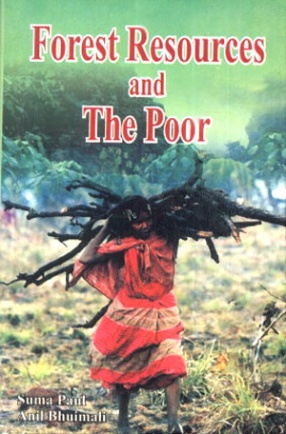

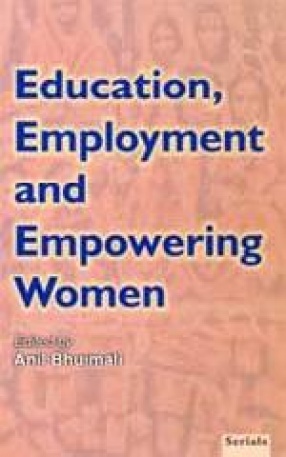
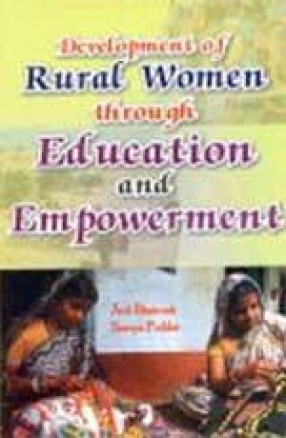
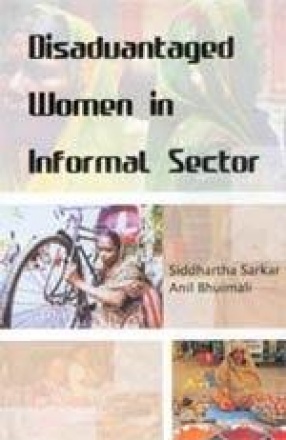


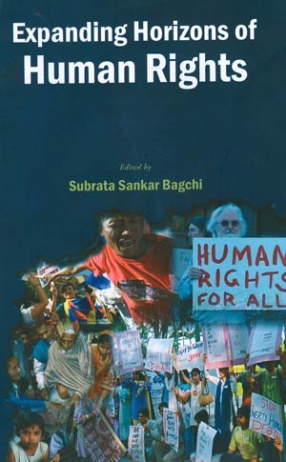


Bibliographic information
Anil Bhuimali